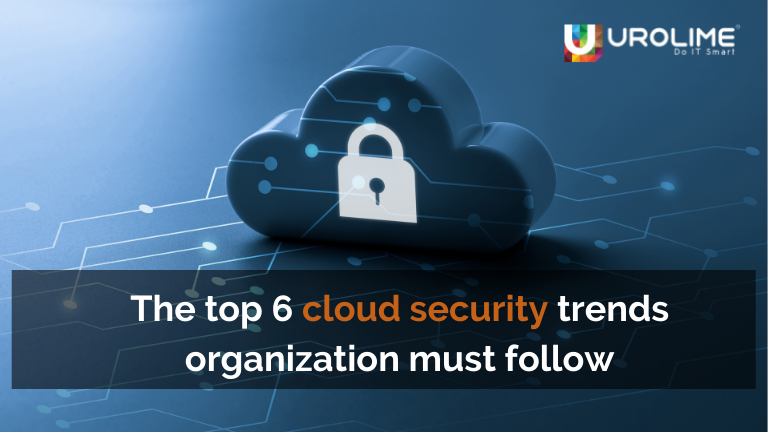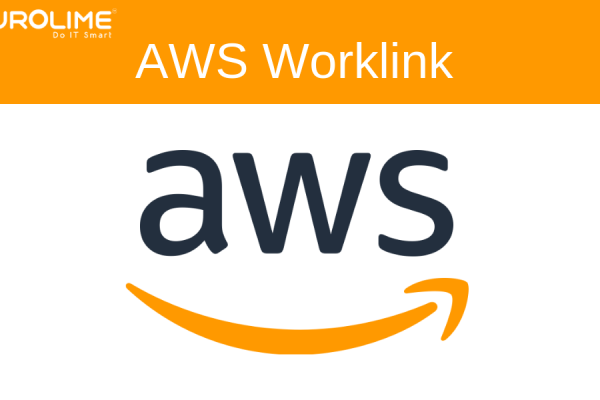Any cloud infrastructure that faces a heap of danger in cyberspace, the security must be based on great cyber risk insights. Some cloud consulting companies are more focused on specific facets of cloud management, such as designing high-level architectures, while others might exclusively focus on migration to the cloud.
Cloud consulting services need to be able to deliver tailored services with the right level of assessment, activation, and migration services required for your cloud journey. However, it is important to know what strategies and tools are available to reduce the risks posed by threats.
Various cloud consulting services offer their tools and support in the cloud for individual users to large enterprises. But the cloud technology we see today is not the same as before. Technology has evolved from basic to advanced form, and continues to evolve. This blog focuses on some of the critical factors. So, let’s look at some of the biggest trends in cloud security, both good and bad.
Good Trends
To deal with the growing number of cloud security threats, organizations must also develop new strategies and tools to mitigate them. Here are three good trends worth highlighting and implementing.
1. Bring Your Own Keys (BYOK) Increasingly Popular
Another way to make your cloud security more permanent is to bring your own BYOK keys or features. With this method, encryption and key generation are completely in your hands, which minimizes access options and thus increases data security. It is compatible with web services like Azure, AWS, and GCP.
2. DevSecOps
The most important trend in cloud security is the integration of security into the DevOps application development lifecycle. This integration is simplified by integrating security into all phases of the development cycle and constantly updating new threats, compliance regulations, and software releases.
3. Proliferation of Cloud Service Access Agents
Cloud Service Access Broker (CSAB) or Cloud Access Service Broker (CASB) are points of application of the security guidelines. It is at this point, between your users and the security service provider, that your security policy is applied. CSAB vendors are increasingly used for risk management, security policy enforcement, and regulatory compliance beyond their control.
Bad trends in cloud security
Multiple sources, including reports from Oracle and KPMG, show not only the growth in business migration to the cloud but also the reliance on cloud services to protect critical business data. This makes third-party cyber risk management one of the most important approaches to your business’s security activities. Beyond the concerns of third parties, it may be surprising to learn that internal measures or the lack of such measures are becoming more and more a source of error.
Security threats are becoming sophisticated, and organizations can inadvertently help fix security holes in the following ways.
4. API is not secure
The ability to exchange information utilizing APIs is the main factor for the successful operations of the business on the internet. Subsequently, great API administration is fundamental for secure conveyance within the cloud. Nevertheless, insecure APIs can expose the vulnerability to cyberattacks.
5. Insider attacks
Worse yet, deliberately attack someone with security credentials to gain access to your resources. This threat is difficult to see in advance; Therefore, the most effective mitigation is probably a trustworthy infrastructure that follows the principle of least privilege: employees only have access to what is needed for as long as it takes. However, caution is advised here as this approach can negatively impact your team’s culture, which can affect operations and productivity.
6. Zero-day exploit
All businesses and organizations are susceptible to zero-day attacks or exploits. A zero-day vulnerability is a breach that exists but is unknown to the vulnerable entity. The zero-day exploit refers to the time that elapses between the discovery of a vulnerability and its exploitation. If a vulnerability persists for a certain time before the entity detects it, it is referred to as a vulnerability and/or an n-day exploit (number of days before it is detected), depending on whether the attacker was exploiting it or not.
These three trends represent threats that are likely to increase in the short term and deserve to be examined. Fortunately, there are also weakening trends that help improve cloud security.
Take advantage of the good trends in cloud security
As the above trends outlines, cloud security continues to be tormented by more well-known and advanced threats. However, new trends in cloud security will continue to weaken to reduce their impact. The best will continue to embrace and consider security considerations.
![]()






